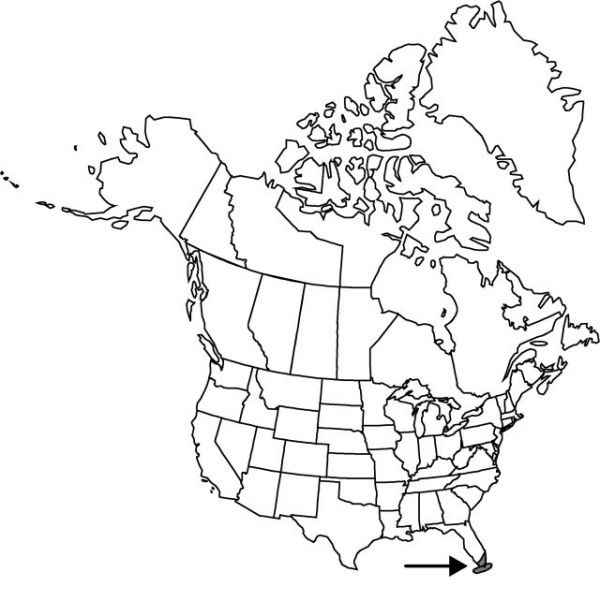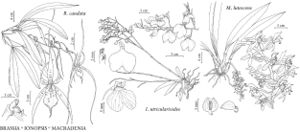Difference between revisions of "Ionopsis utricularioides"
Coll. Bot., plate 39, fig. A. 1825.
FNA>Volume Importer |
FNA>Volume Importer |
||
| Line 10: | Line 10: | ||
|name=Epidendrum utricularioides | |name=Epidendrum utricularioides | ||
|authority=Swartz | |authority=Swartz | ||
| + | |rank=species | ||
|publication_title=Prodr., | |publication_title=Prodr., | ||
|publication_place=122. 1788 | |publication_place=122. 1788 | ||
| Line 37: | Line 38: | ||
-->{{#Taxon: | -->{{#Taxon: | ||
name=Ionopsis utricularioides | name=Ionopsis utricularioides | ||
| − | |||
|authority=(Swartz) Lindley | |authority=(Swartz) Lindley | ||
|rank=species | |rank=species | ||
| Line 52: | Line 52: | ||
|publication year=1825 | |publication year=1825 | ||
|special status= | |special status= | ||
| − | |source xml=https://jpend@bitbucket.org/aafc-mbb/fna-data-curation.git/src/ | + | |source xml=https://jpend@bitbucket.org/aafc-mbb/fna-data-curation.git/src/f50eec43f223ca0e34566be0b046453a0960e173/coarse_grained_fna_xml/V26/V26_1330.xml |
|subfamily=Orchidaceae subfam. Epidendroideae | |subfamily=Orchidaceae subfam. Epidendroideae | ||
|tribe=Orchidaceae tribe Maxillarieae | |tribe=Orchidaceae tribe Maxillarieae | ||
Revision as of 20:46, 16 December 2019
Plants to 15 cm (excluding inflorescence). Leaves often suffused with purple-brown; blade 3–13 cm × 6–18 mm. Inflorescences 1–3, erect-arching, to 20 cm; bracts 2–3 mm. Flowers pale pink to rose, pink-lavender, or white with pink flush, with darker rose-colored veins; sepals 3–7 × 1–2 mm; lateral sepals forming asymmetrically pouched cavity; petals 5–7 × 3–4 mm; lip pink-lavender with yellow patch near callus, 6–17 × 6–18 mm; callus of 2 lamellae and 2 lateral teeth, with short, basal, nectar horn, enclosed by nectar spur formed by lateral sepals.
Phenology: Flowering Mar–Apr.
Habitat: Epiphytic on small branches and twigs in hammocks
Elevation: 0–10[–1200] m
Distribution

Fla., Mexico, West Indies, Central America, South America.
Discussion
Ionopsis utricularioides is one of the most widely ranging species of neotropical orchids. It occurs in several different variants, all of which intergrade. The various extreme forms, some with relatively enormous flowers, have been given form names, but little other than size separates them.
Selected References
None.
